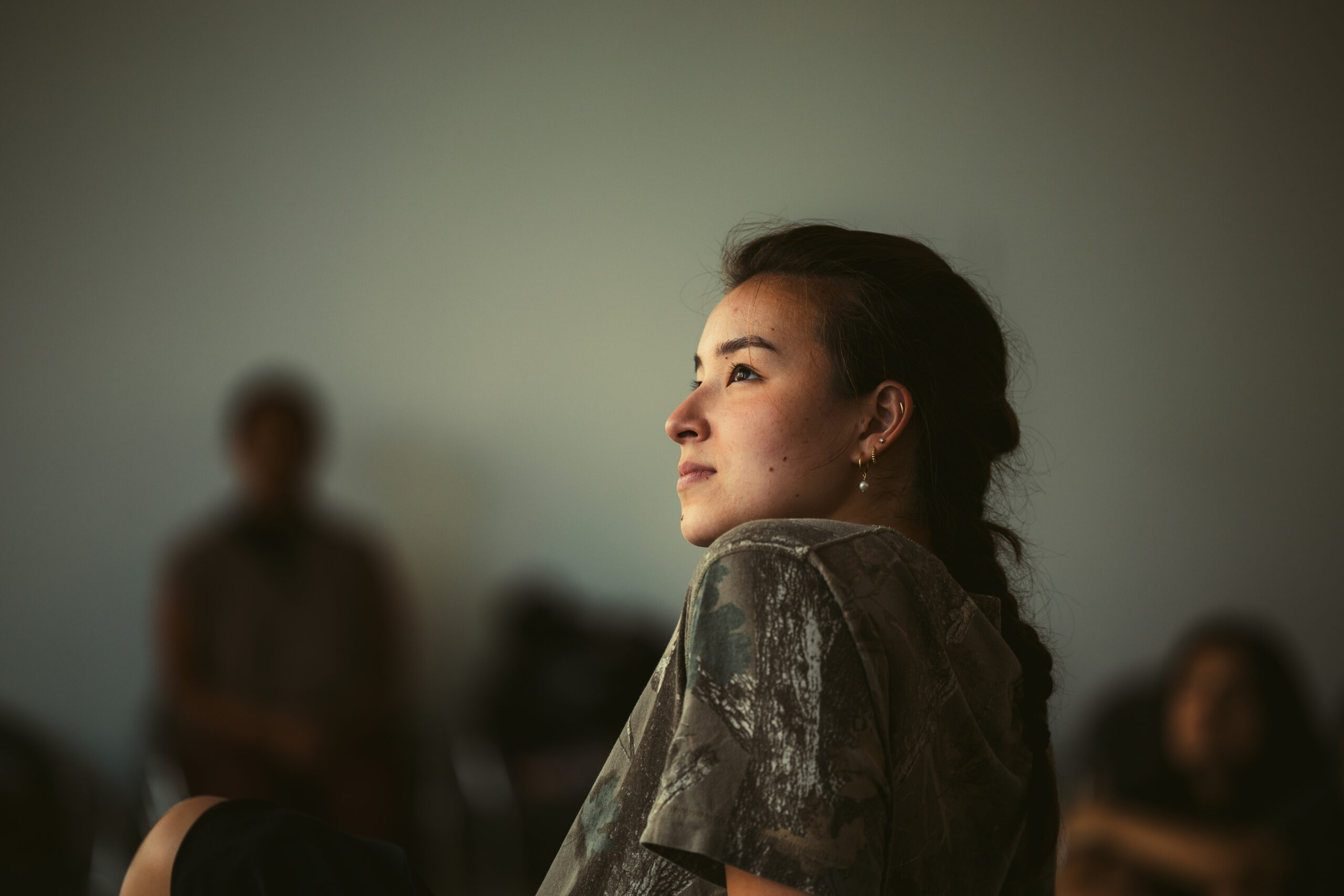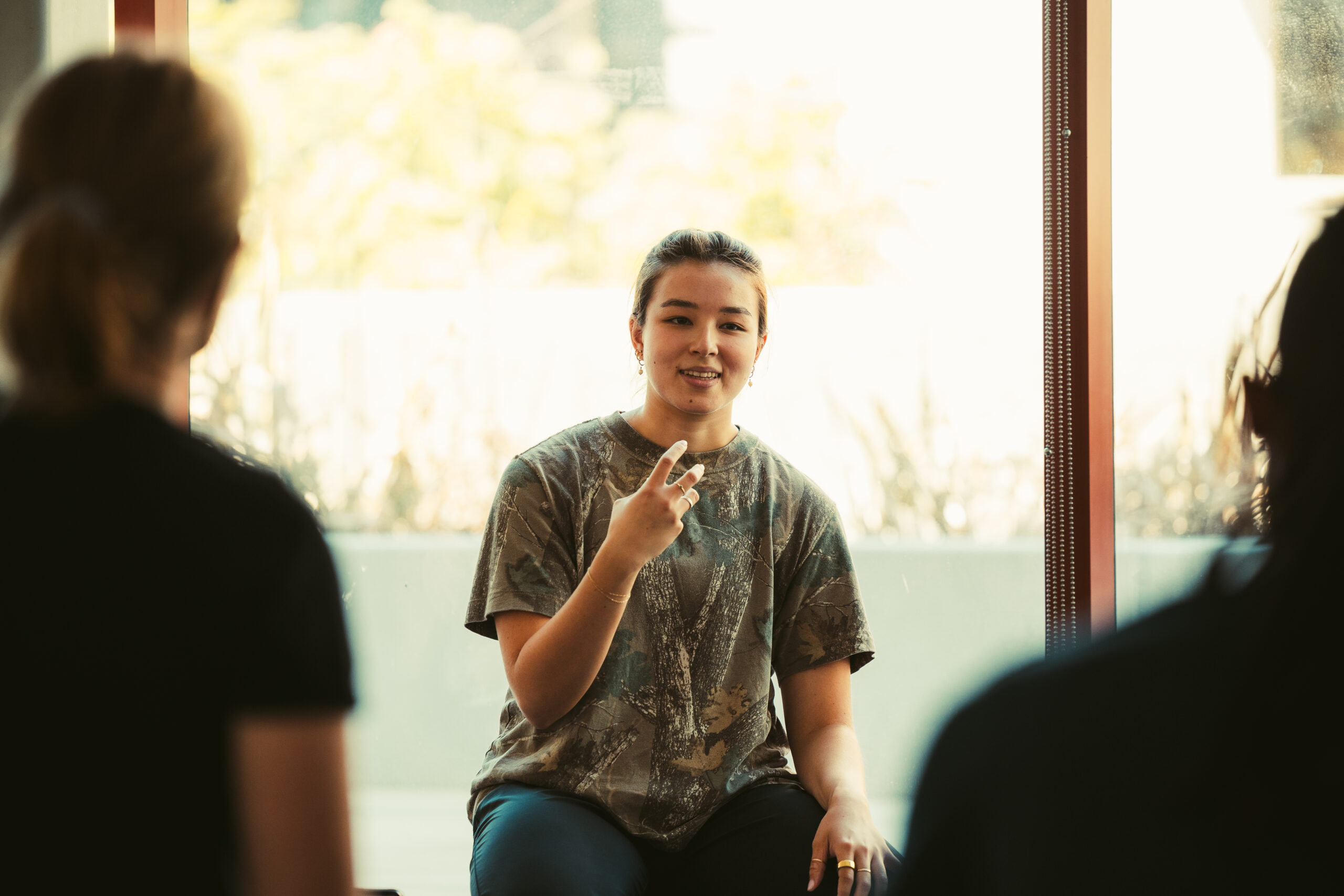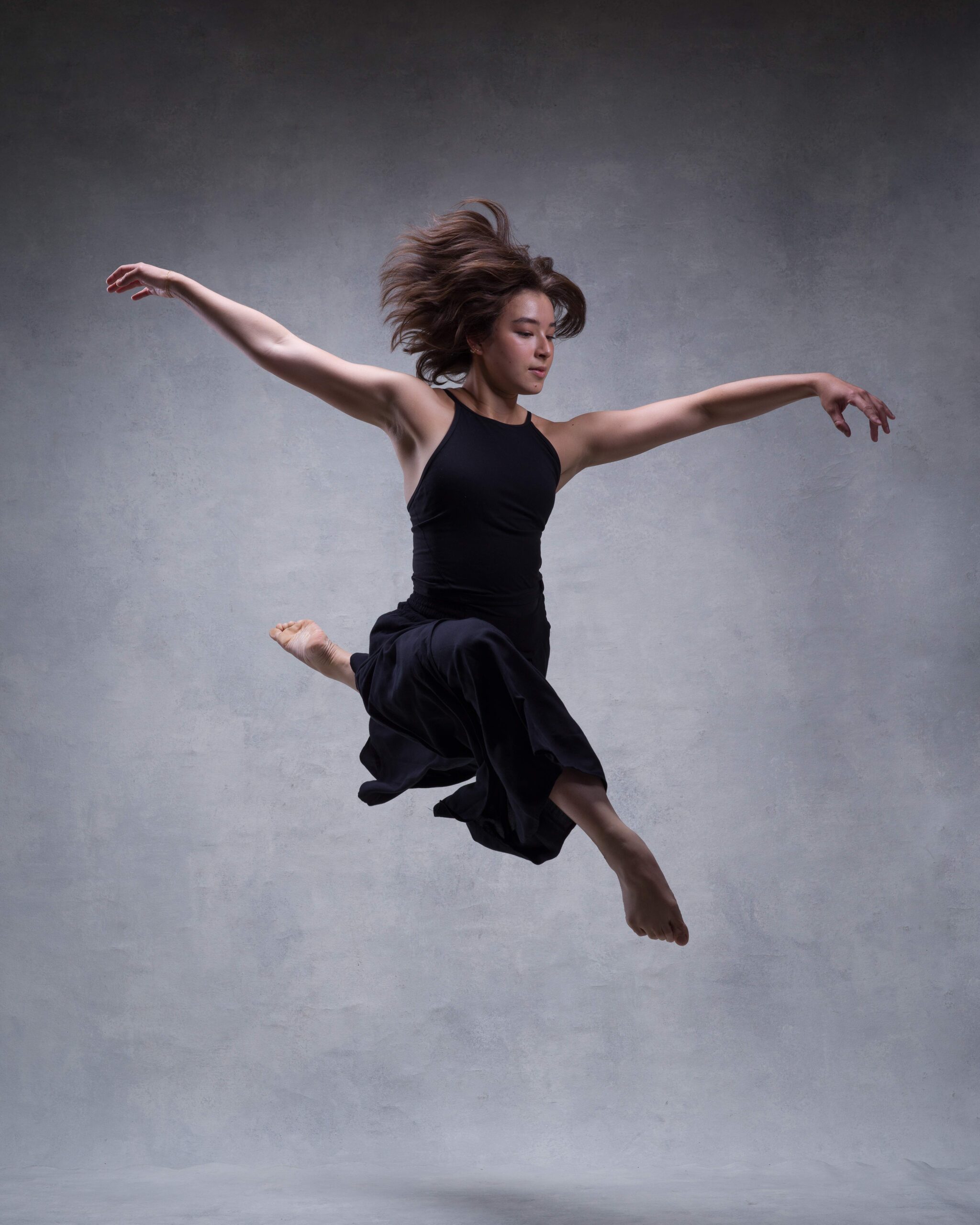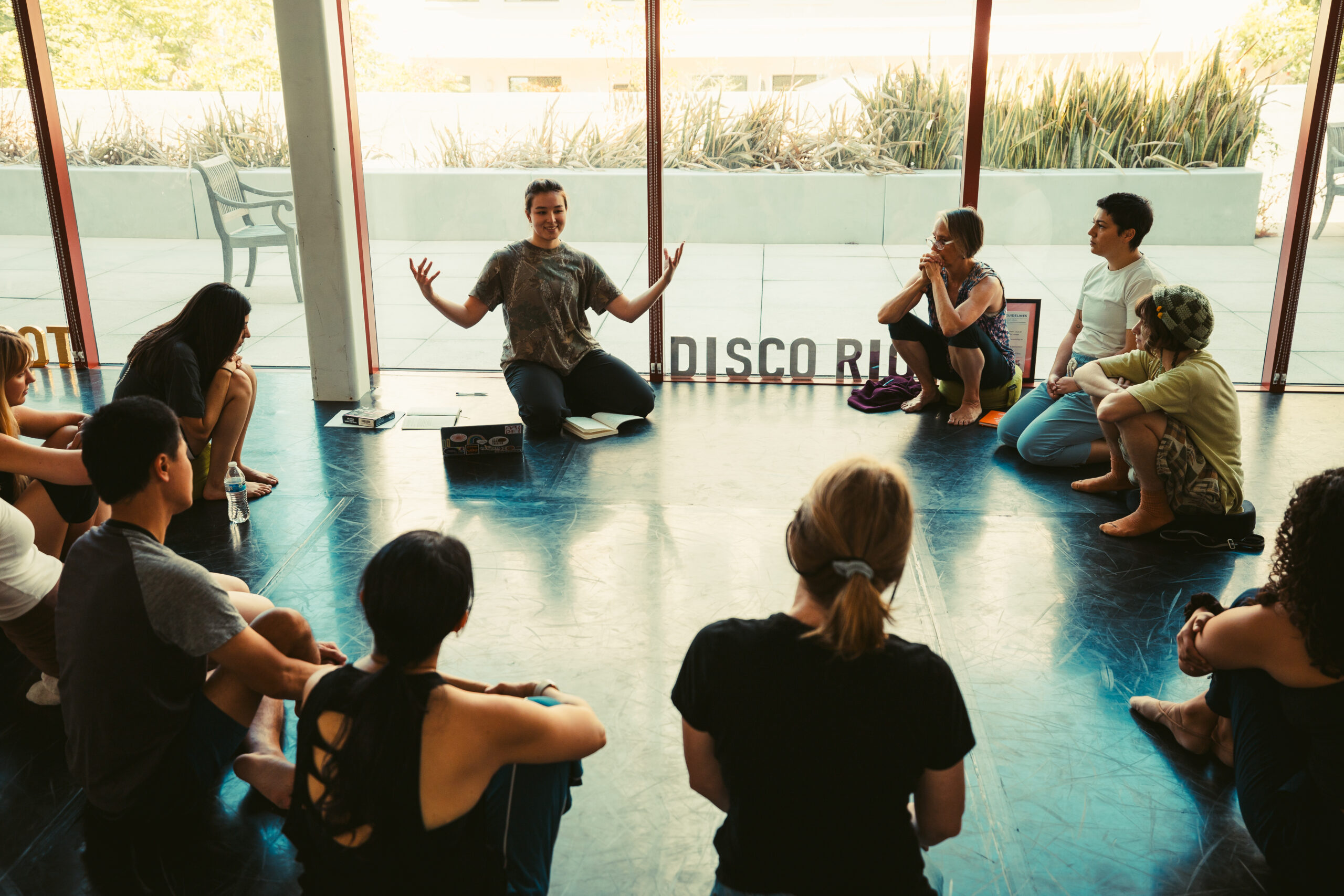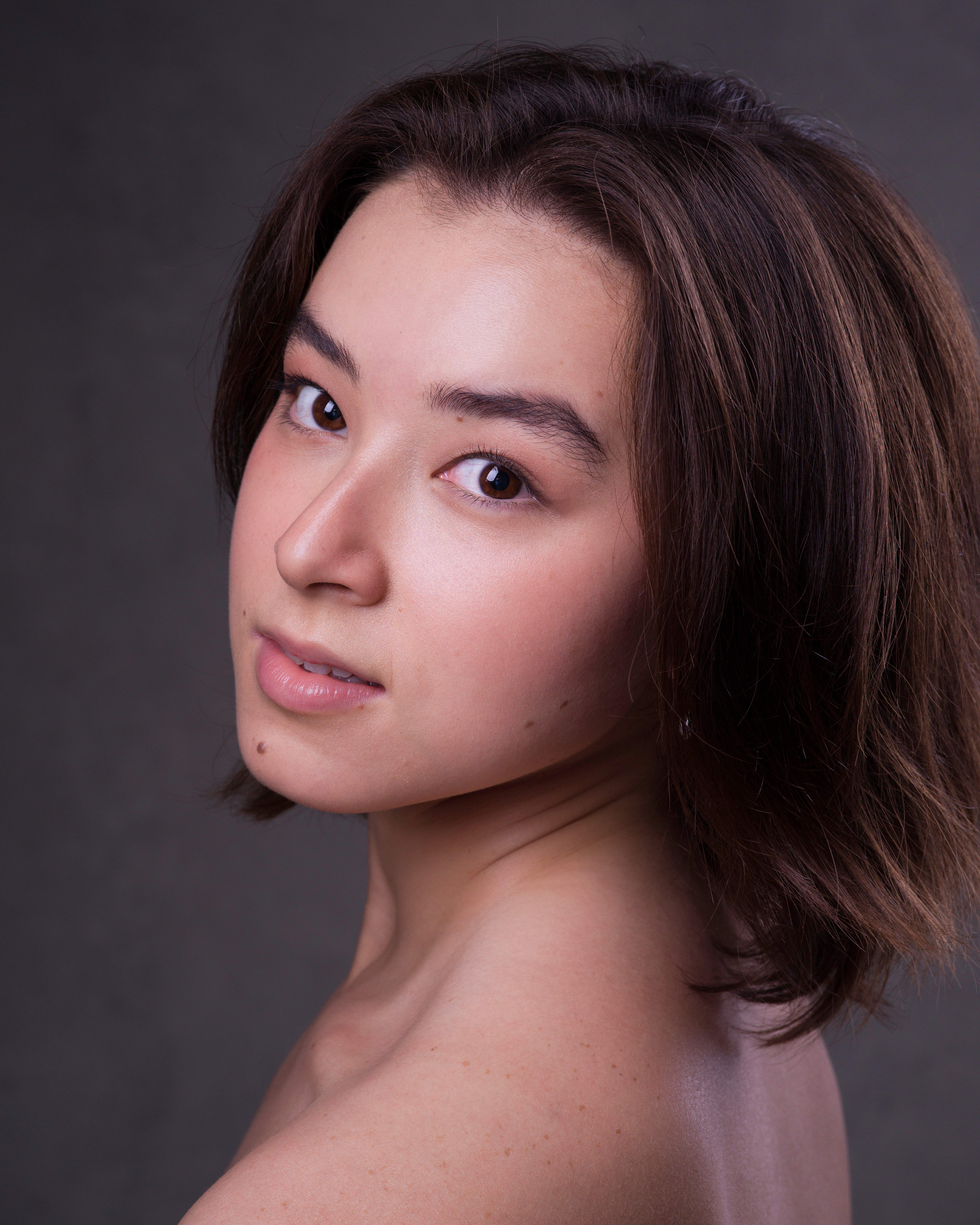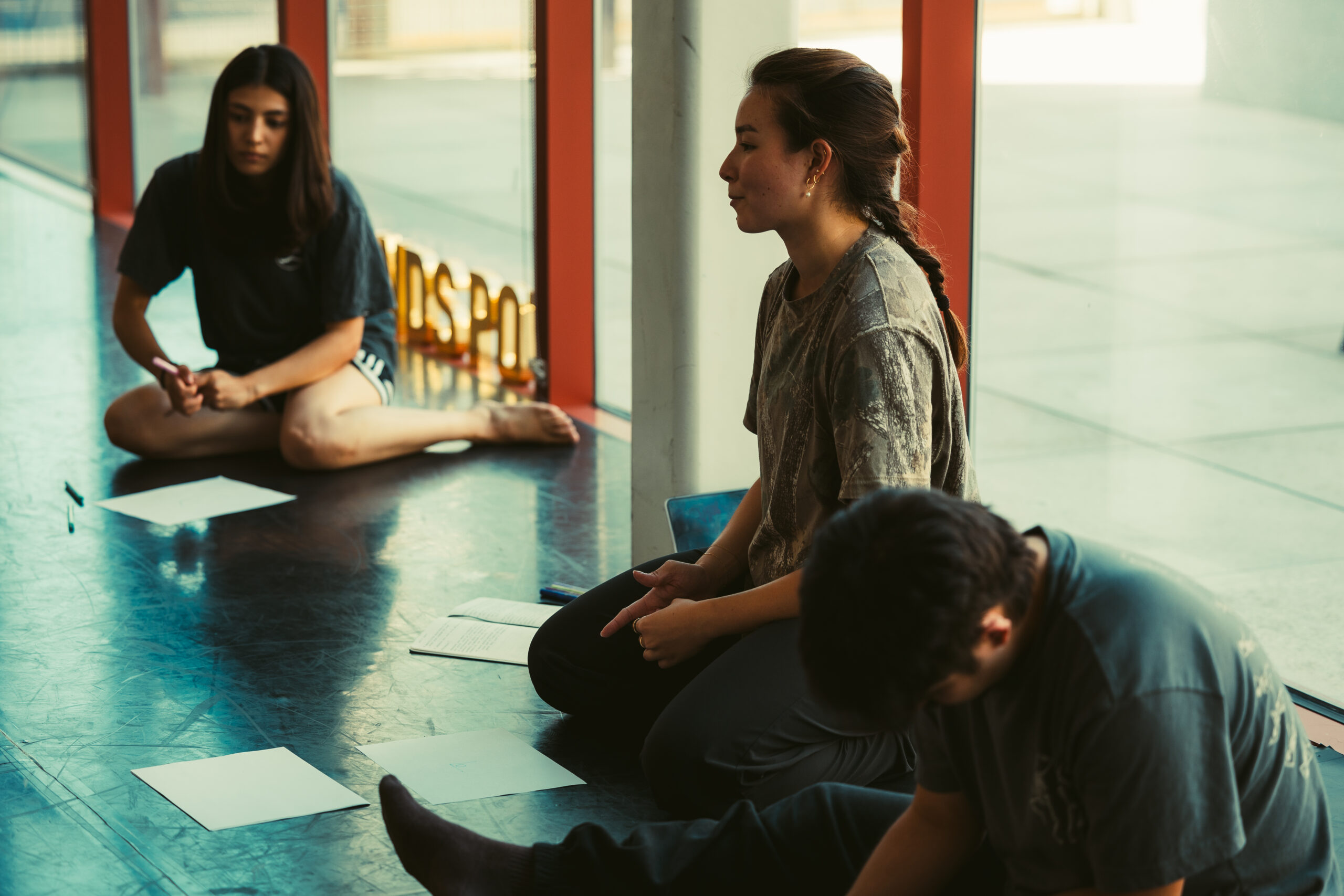MEET LAUREN LEE
S P A C E Rising is an iteration of our S P A C E residency program, designed specifically to support our (R)evolution Mentorship Interns. Meet Lauren Ai Ling Lee! And make sure to join us for S P A C E Rising Showcase on October 10 & 11 at 7pm.
What inspirations, launching points, or ideas are you working with for your piece for the S P A C E residency? How has that developed over the course of your residency process?
Prior to the start of the S P A C E residency, I had come across the work of Singaporean visual artist, Woong Soak Teng, and was very inspired by a particular work of hers, entitled rules for photographing a scoliotic patient. As someone navigating her own identity as an artist with scoliosis and spinal-fusion surgery, I was very moved by this project — it was the first time that I had seen scoliosis centered in an artistic body of work.
Coming into this process, I knew that I wanted to make a work centered around my own experiences with scoliosis and spinal-fusion surgery, because I had never really had the opportunity to explore this part of me that shapes so much of what I do and how I show up in the world. This was my primary starting point for my S P A C E residency piece.
However, this idea evolved slightly throughout the course of my residency. I was fortunate to collaborate with four other artists for this work, and our conversations and reflections throughout this process ended up reshaping the direction of the piece. I discovered that a lot of my feelings surrounding my scoliosis experience were similar to ones that others experienced in their own lives, just in alternative capacities — the ways in which we are all attempting to navigate what it means to be human are more alike than different.
Therefore, rather than making a work centered around scoliosis and spinal-fusion surgery, I ended up using my experiences with these things as lenses for investigating broader themes of resilience, relationships, and the ways in which nonconformity can strengthen community.
How has your approach to dance creation changed or been different during your residency?
When making work in the past, I tended to start with a piece of music that I resonated with, and then subsequently built movement based on that sound score. However, with so much time to research during this residency, I was able to explore alternative modes of movement generation. This work and process, in particular, has been rather intimate, and a lot of my time spent in residency has been engaging in written, pictorial, and oral reflection with my collaborators. I really wanted to root this work in the lived experiences of the people involved in the piece. Therefore, it was very important to me that we spent a lot of time thinking about the themes informing the way we moved.
This work is a trilogy of duets, and each of the three movements had its own rehearsal incubation. However, I did pose the same series of questions to each pair, the same ones that had driven my own initial inquiry. From there, we explored moving through various somatic practices shaped by our earlier reflections. However, perhaps the biggest difference between my approach to dance creation prior to and during this residency has been in the final product of the work. Because so much of this process has been intimate, reflective, and conversational, it did not necessarily feel fitting to create a lot of set movement in the work.
For this piece in particular, I wanted to embody the process in the performance; because the process has been a lot of authentic, open inquiry, I really wanted the final work to be able to capture this essence as well.
Therefore, the final piece is a series of improvisational scores, held and driven by the themes that we have been exploring throughout this process.
What has been your favorite part of the process?
My favorite part of this process has definitely been my collaborators! I am so grateful to Kelly Callejo, Kimmie Kopp, Giovanna Francisco, and Patrick Li for their openness in exploring rather complex themes, and their generosity in sharing bits of themselves and their artistry. This work would not be what it is without their contributions, and I was very fortunate to have each and every one of them as a part of this process.



